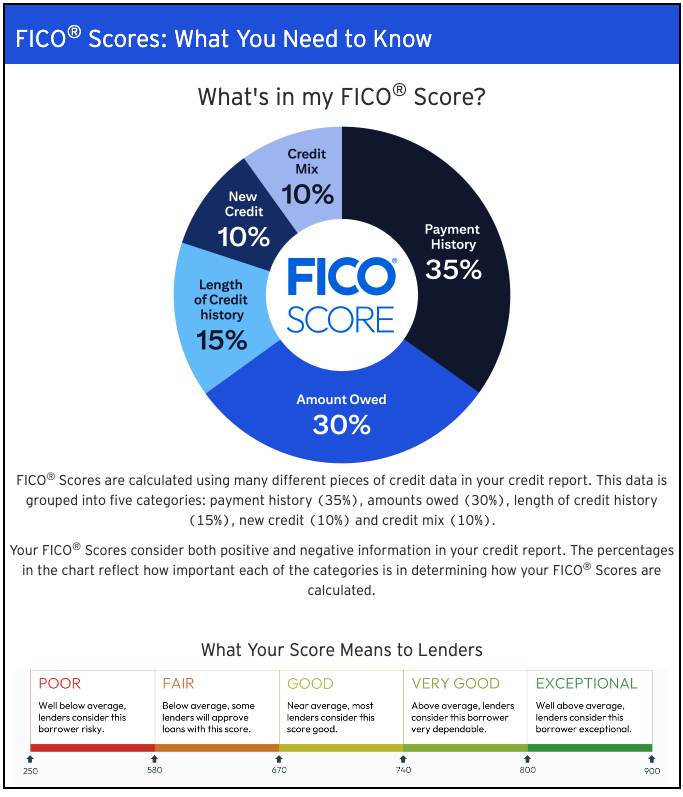How to Recognize Fake Pay Stubs
Avoid falling for applicant forgeries.

Unfortunately, even the most vigilant landlord or property manager can face the unpleasant reality of application forgery. While it's impossible to completely eliminate the risk, you can significantly strengthen your defenses. Here are some key strategies: require a tenant screening service for all applicants and meticulously follow up with reference checks. Remember, a keen eye for detail is crucial, but even the most discerning landlord can be fooled if they're unaware of the red flags.
Forgers frequently turn to fabricated pay stubs to deceive landlords. Websites readily churn out these phony documents, allowing applicants to misrepresent their income and potentially improve their chances of securing a rental or loan. The good news? Landlords can learn to identify these fakes. By being aware of the possibility and understanding the telltale signs, you can spot them with a practiced eye.
Check the Details
Scrutinize even the most basic details on a pay stub. Inconsistencies between the applicant's name, address, and social security number compared to the employer information are major red flags. Forgers relying on online templates often rush and make mistakes. Watch for mismatched information, typos, or blank sections - these could be signs of a fabricated document.
Compare to Legitimate Pay Stubs
If you have applications from multiple individuals claiming employment at the same company, compare their pay stubs. While company pay stub formats may evolve over time, the overall quality should be consistent. Look for inconsistencies in printing quality, mismatched fonts or lines, or obvious differences in paper stock. These discrepancies could indicate a fabricated document from one or more applicants.
Look at the Numbers
Look for inconsistencies in check numbers, social security numbers, phone numbers, and especially the pay amounts themselves. Sudden jumps exceeding hundreds between pay periods might be a red flag, unless the company has a significant workforce. Does the income match the applicant's claimed hourly wage or salary? Significant discrepancies warrant further investigation.
Ask for Additional Verification
For the most thorough verification, consider requesting copies of tax returns. This allows you to cross-reference the applicant's income with official documentation. Additionally, understanding their pay frequency allows you to perform a basic calculation. Compare the pay stub amount to an expected figure based on their reported hourly wage or salary and pay period. Significant discrepancies between the pay stub and this estimated income should raise a red flag.
Contact Their References
While you can't access an applicant's exact salary without their permission, verifying their employment directly with their employer is crucial. This step helps confirm they are who they say they are and strengthens your screening process. Don't miss out on this valuable verification step!
For an extra layer of security, consider utilizing a tenant screening service like CreditLink. These services provide comprehensive reports that empower informed decision-making, including credit checks, national criminal background checks, and eviction history searches. CreditLink Secure provides you with the tools you need to find the best applicants for your rental properties.
Created on: 05/09/24
Author: CreditLink Secure Blog Team
Tags: fraud , tenant screening , background check , pay stubs , tenant forgery , rental application,


























